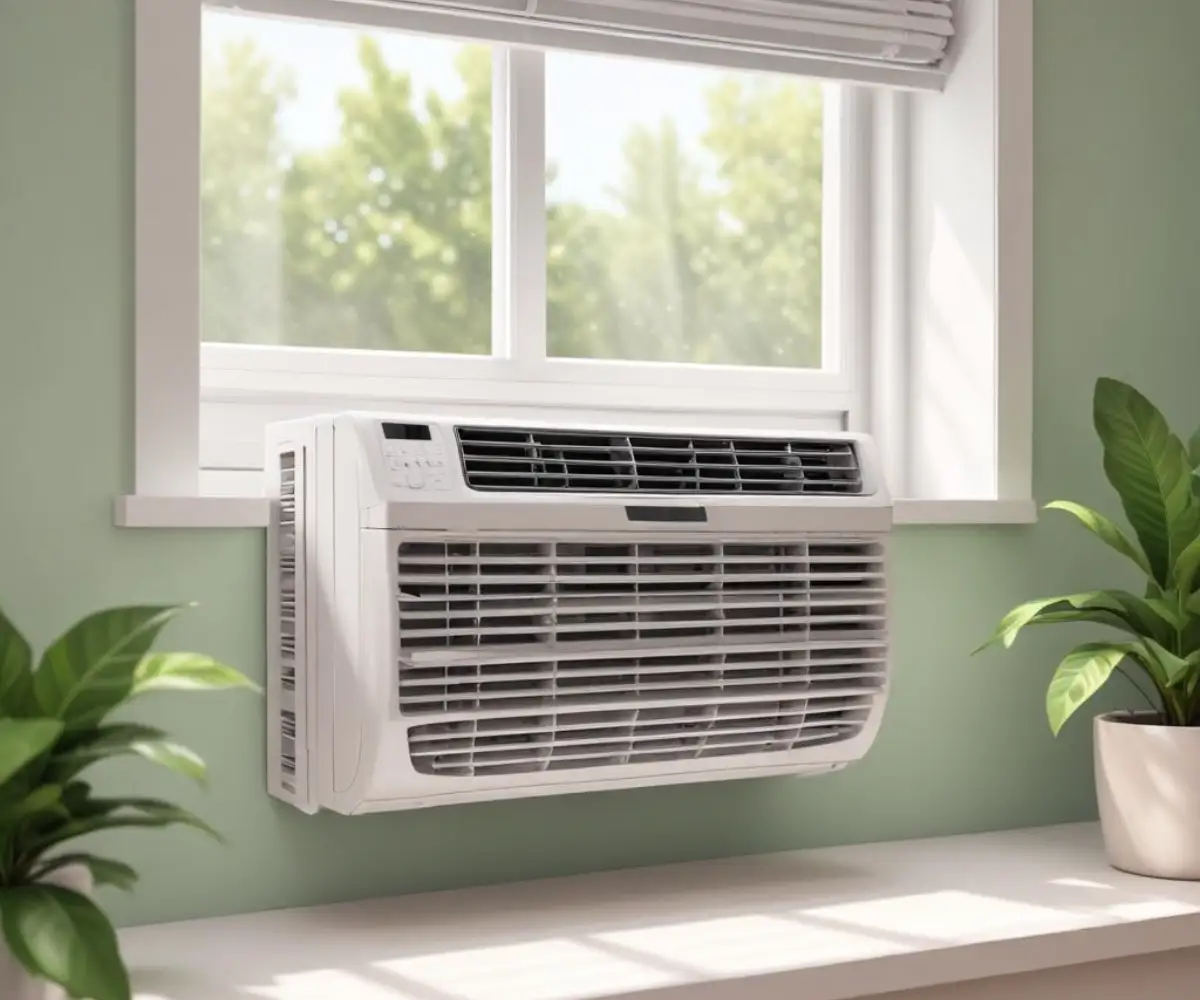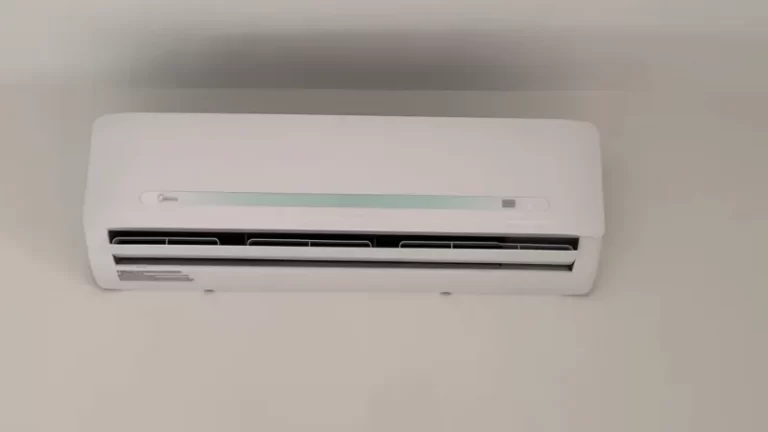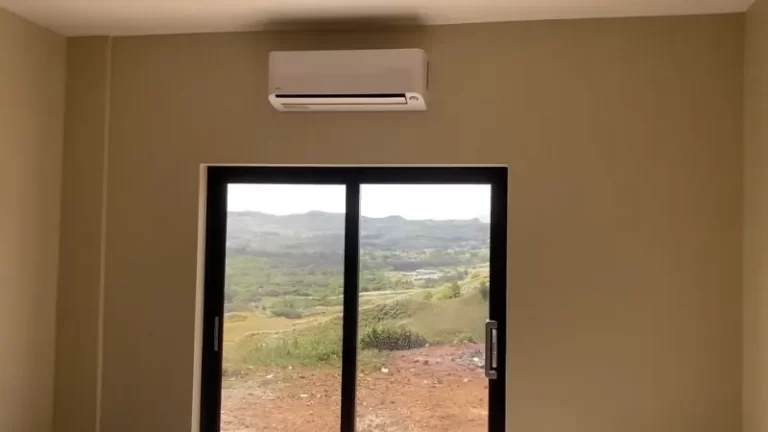AC Styrofoam Exposed: Your Air Conditioner’s Secret Weapon
You unbox your brand new air conditioner, ready for a cool blast of relief, only to find the inside lined with what looks like packing material. A wave of confusion hits. Did the factory forget to remove this white foam? Should you pull it out?
This scenario is incredibly common, leading countless owners to mistakenly discard a critical component of their cooling system. That white foam is not trash; it is a precisely engineered part known as AC styrofoam, and its removal is a fast track to reduced efficiency, higher energy bills, and a much louder appliance.
You'll Learn About
What Exactly Is This “AC Styrofoam”?
The foam you see inside your air conditioner is not the same as a disposable coffee cup. It’s typically Expanded Polystyrene (EPS), a lightweight, rigid, closed-cell foam insulation. This material is composed of 98% air, making it an exceptionally effective insulator and surprisingly durable for its weight.
Manufacturers choose EPS because it can be molded into complex, precise shapes. These custom-fit components are essential for the air conditioner’s performance, serving multiple crucial roles simultaneously. Unlike simple packing material, this foam is designed to last the lifetime of the unit.
The Triple-Threat Role of Styrofoam in Your AC
That unassuming block of foam is a multitasking marvel, directly responsible for your air conditioner’s efficiency, quiet operation, and overall cooling power. It performs three vital functions that are often taken for granted.
Unbeatable Insulation: The Core Function
The primary job of AC styrofoam is thermal insulation. The entire cooling process relies on maintaining a significant temperature difference. The EPS foam encases the coldest parts of the unit, like the evaporator coils, creating a thermal barrier.
This barrier prevents the cold air from escaping and, just as importantly, stops warm ambient air from infiltrating the cooling chamber. Without this insulation, your AC would constantly fight a losing battle against heat, leading to non-stop operation and weak cooling.
Silent Operation: The Unsung Hero of Quiet
Air conditioners are inherently noisy machines, with a compressor, fan, and rushing air all creating sound. The styrofoam components play a significant role in noise, vibration, and harshness (NVH) reduction. Its structure absorbs and dampens the operational sounds of the motor and fan.
Removing the foam exposes the raw mechanical noises of the unit, instantly making it louder and more disruptive. The foam acts as a muffler, ensuring the unit operates at the decibel level specified by the manufacturer.
Airflow Master: The Hidden Architect
Perhaps the most overlooked function of AC styrofoam is its role in directing airflow. The foam isn’t just a simple box; it’s molded into intricate ducts and channels. This design is no accident.
These channels create a precise, high-velocity wind tunnel, forcing air directly across the evaporator coils for maximum heat exchange. If you remove the foam, the air disperses randomly inside the unit, much of it never making effective contact with the coils. This results in a drastic drop in cooling efficiency, even if the fan is spinning at full speed.
“Should I Remove the Styrofoam from My Air Conditioner?” The Definitive Answer
Let’s be unequivocally clear: You should absolutely not remove the styrofoam from your air conditioner. It is a functional and permanent part of the appliance. Removing it will severely cripple your unit’s performance and efficiency.
Think of it like removing the insulation from your home’s attic. You would expose your living space to the extreme temperatures outside, forcing your heating and cooling systems to work much harder for a fraction of the results. The consequences of removing AC styrofoam are immediate and significant.
Recognizing and Diagnosing Damaged AC Styrofoam
While you should never remove the foam, it can become damaged over time from mishandling, pests, or age. Recognizing this damage is key to maintaining your unit’s health. Issues like a cracked AC styrofoam component can silently kill your unit’s efficiency.
Minor cracks or gaps can create air leaks, reducing cooling power and increasing energy use. More severe damage can obstruct airflow or lead to water leaks and condensation problems, which might even affect the area around the unit, such as causing a window AC top panel to sag.
Common Types of Damage and Their Symptoms
Damage to the internal foam can manifest in several ways. Being able to identify the specific issue is the first step toward a successful repair and restoring your unit’s peak performance.
| Type of Damage | Common Cause | Primary Symptom |
|---|---|---|
| Cracks or Fractures | Physical impact, vibration, improper cleaning | Reduced cooling, whistling noises, increased energy bills |
| Pest Damage (Chewing) | Rodents or insects nesting in the unit | Visible debris, blocked airflow, foul odors |
| Mold or Mildew | Excess moisture, clogged drain line, high humidity | Musty smells, visible black or green spots |
| Deterioration/Crumbling | Age, prolonged exposure to UV light or harsh chemicals | Foam particles in the airflow, poor insulation |
The Ultimate Guide to AC Styrofoam Maintenance & Repair
Proper maintenance can prevent most foam-related issues and extend the life of your air conditioner. When damage does occur, knowing how to properly address it can save you from a costly replacement.
Safe and Effective Cleaning Techniques
To clean the styrofoam, first, unplug the unit. Use a vacuum with a soft brush attachment to gently remove dust and loose debris. For grime or stains, use a soft cloth lightly dampened with a solution of mild soap and water.
Never use harsh chemical solvents, bleach, or abrasive brushes, as they can dissolve or break the polystyrene foam. Always allow the foam to dry completely before reassembling and powering on the unit to prevent mold growth.
DIY Repair: When and How to Fix Cracked Foam
For small cracks or breaks, a DIY repair is often possible. It is crucial to use an adhesive that is safe for polystyrene. Many standard glues contain solvents that will melt the foam.
Look for a “polystyrene safe” adhesive or a water-based construction adhesive. Apply a thin bead of the adhesive along the crack, press the pieces together firmly, and use painter’s tape to hold them in place while the glue cures. For more significant structural repairs involving external casing, different materials are needed; for instance, understanding the properties of materials like Easy Sand 45 vs 90 is useful for patching plastic housings, but these are not suitable for the foam itself.
The Hidden Danger: Mold and Your AC’s Styrofoam
One of the most serious issues that can affect AC styrofoam is mold growth. The dark, damp environment inside an air conditioner is a perfect breeding ground for mold and mildew, especially if dust and organic debris accumulate on the foam’s surface.
Mold spores released into the airflow can cause respiratory issues and allergic reactions. Regular inspection is crucial. At the first sign of a musty odor or visible discoloration, it’s essential to clean the unit thoroughly and safely.

Preventing mold is the best strategy. Ensure your AC’s drain line is clear and functioning correctly to prevent water from pooling inside the unit. Additionally, running the fan for a few minutes after the cooling cycle ends can help dry out the interior components.
Beyond the Basics: Styrofoam in Different AC Types
While most commonly associated with window units, EPS foam is a critical component in various types of air conditioning systems. Its versatility, light weight, and insulating properties make it an ideal material for many applications.
In portable air conditioners, styrofoam is used to insulate the unit and form the ducting that separates the hot exhaust air from the cool room air. In some central air handlers, molded foam components are used to ensure smooth, quiet airflow and prevent condensation from forming on the exterior of the unit. The fundamental principles of insulation and airflow management remain the same across these different designs.
Conclusion: An Essential Component, Not an Obstacle
The styrofoam inside your air conditioner is a testament to clever, cost-effective engineering. It is a high-performance component designed to maximize thermal efficiency, minimize noise, and perfect the aerodynamics of your unit’s airflow. It is not packing material and should never be removed.
By understanding its purpose, you can better care for your air conditioner, ensuring it runs efficiently and effectively for years to come. The next time you see that white foam, you’ll know you’re looking at one of the hardest-working parts of your cooling system.


